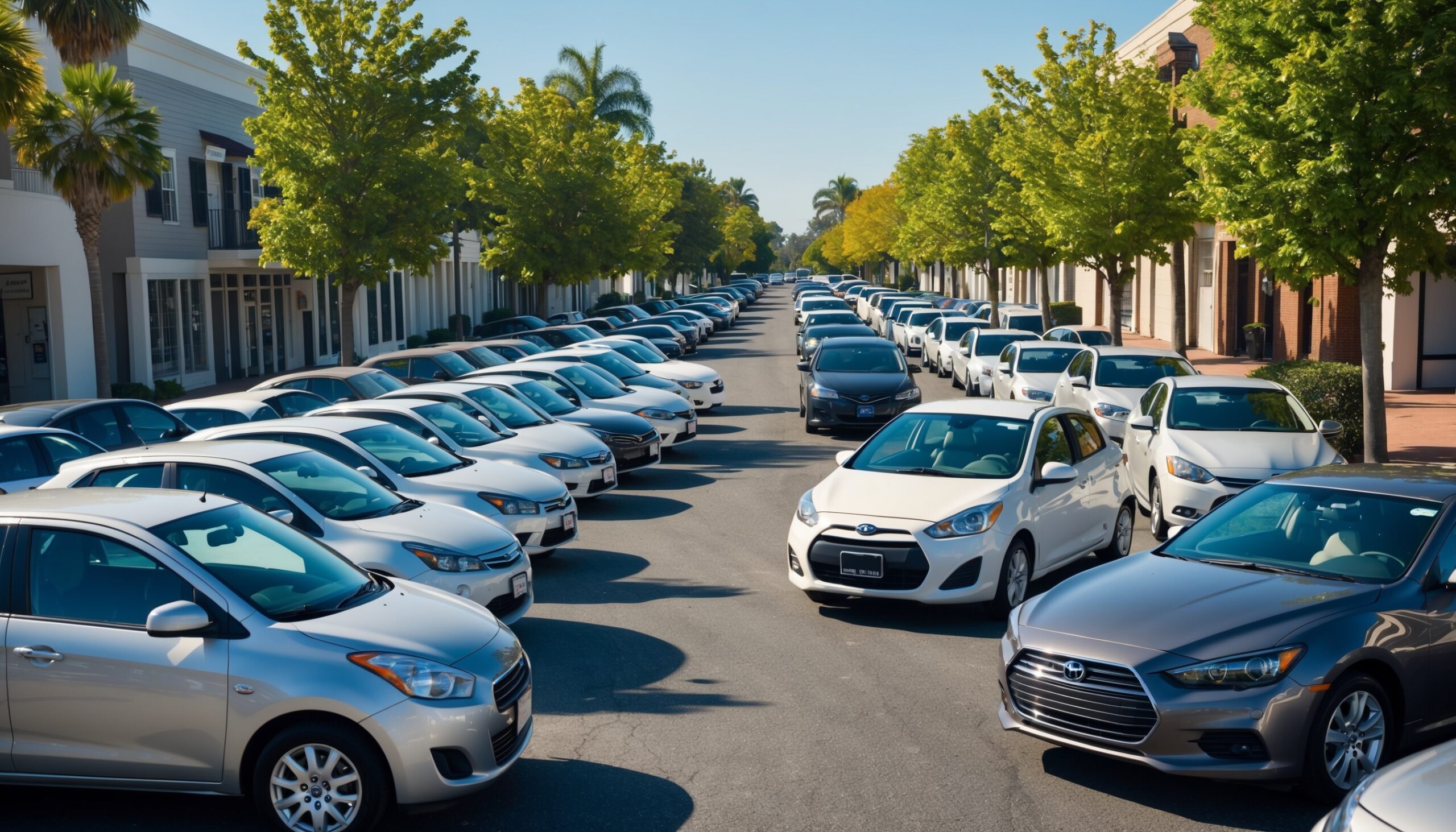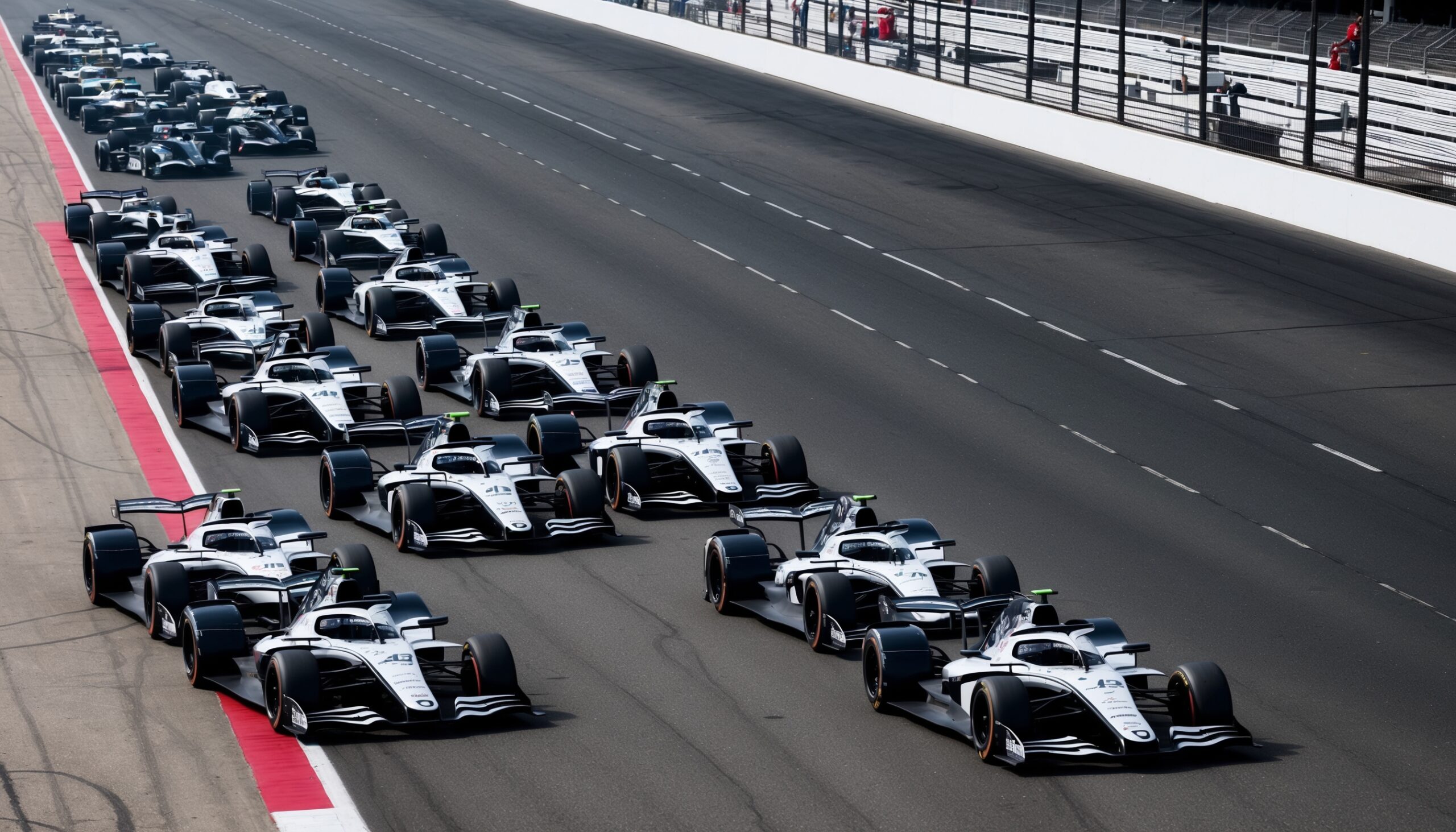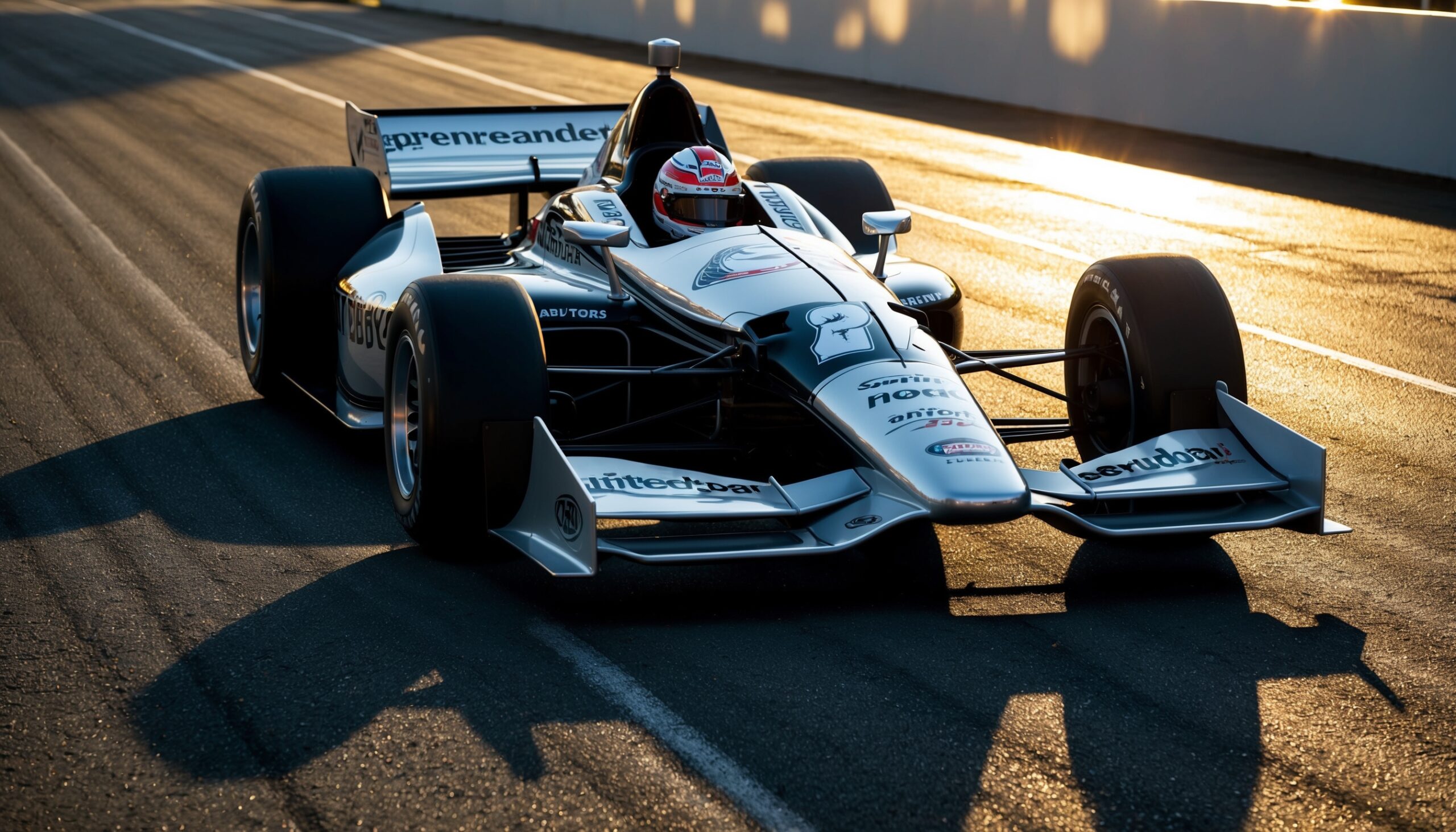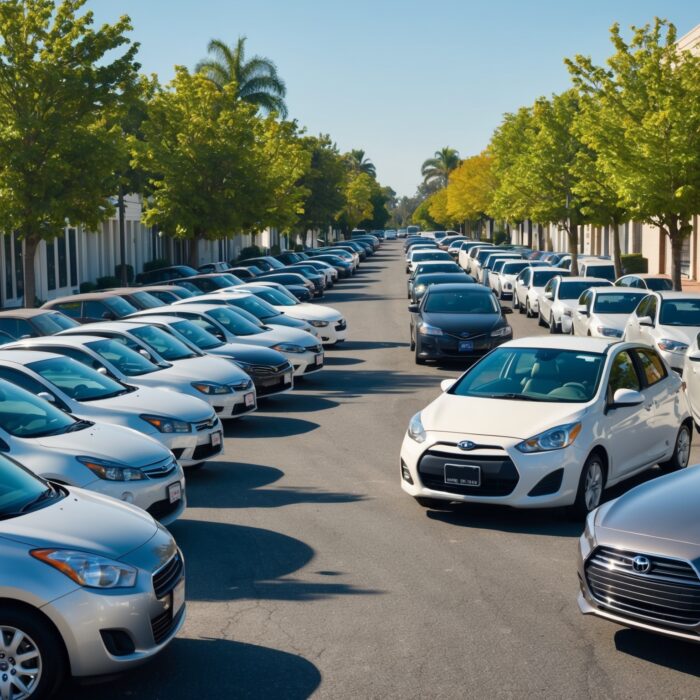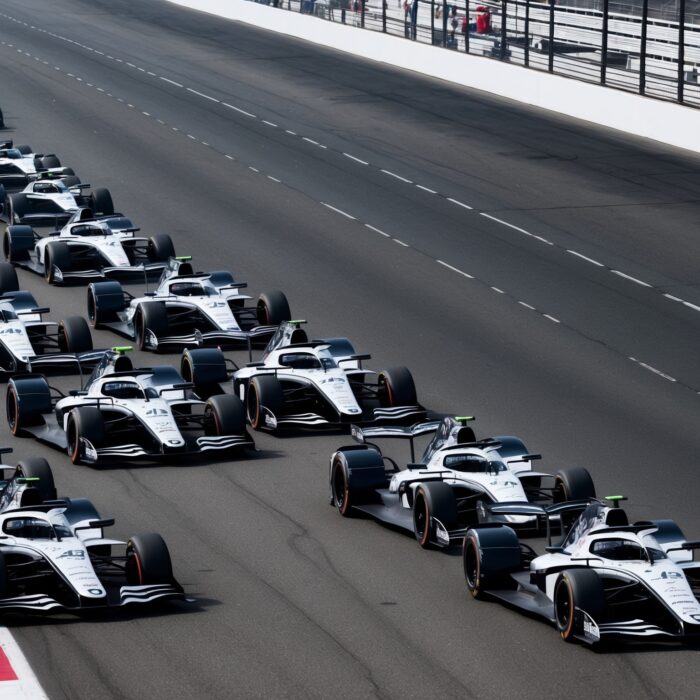2026 Ford Ranger, Everest to Lose Popular Engine in Australia
Exciting times are ahead for Ford enthusiasts down under, but not all news is met with open arms. As we look forward to the debut of the 2026 Ford Ranger and Everest models, a significant change is making waves in the automotive community: the discontinuation of a fan-favorite engine. In this blog post, we’re diving deep into what this means for Ford fans, potential buyers, and the Australian automotive landscape.
What’s Happening with the 2026 Ford Ranger and Everest?
The 2026 Ford Ranger and Everest are set to arrive with a slew of innovations, improved technologies, and enhanced features designed to elevate the driving experience. However, the most talked-about change involves the removal of the popular 3.0-liter turbo-diesel V6 engine from the line-up. This engine has been a favorite among many due to its robust performance and impressive torque output, making it a go-to choice for both work and play.
Also Read: How Honda’s new Aston Martin partnership is taking shape ahead of F1 2026
The Engine That Won Hearts
For many, the 3.0-liter turbo-diesel V6 wasn’t just an engine; it was a powerhouse. Known for its performance, reliability, and versatility, this engine has been cherished by Australian drivers, especially those who rely on their vehicles for towing, off-roading, and daily commuting.
Here’s why the 3.0-liter turbo-diesel V6 engine was so popular:
- Impressive Torque: With a high torque output, towing heavy loads was a breeze.
- Fuel Efficiency: Despite its power, it offered respectable fuel economy.
- Off-Road Capability: The engine’s robust nature made it ideal for off-road adventures.
- Proven Reliability: Many owners reported fewer issues compared to other engines.
What’s Replacing the V6? A New Direction for Ford
While losing a beloved engine can be disheartening, Ford is making strides towards a more sustainable future. The company plans to replace the V6 with a new range of powertrains, including updated four-cylinder engines and hybrid options. This shift reflects the automotive industry’s broader trend toward electrification and efficiency.
The New Four-Cylinder Powertrains
As part of the 2026 model lineup, Ford will introduce upgraded four-cylinder engines that promise a blend of performance and efficiency. Here’s what we know:
- Increased Horsepower: The new engines are expected to deliver comparable horsepower, ensuring that performance isn’t sacrificed.
- Enhanced Fuel Efficiency: The focus on four-cylinder engines aims to improve overall fuel economy, appealing to environmentally conscious drivers.
- Modern Technology: Expect advancements in turbocharging and direct injection, making these engines more potent than ever.
Hybrid Options: The Future of Driving
In line with global trends, Ford is also expected to introduce hybrid variants of the Ranger and Everest. These models aim to provide the power and performance that drivers have come to expect, coupled with the benefits of reduced emissions and improved fuel efficiency.
Some anticipated features of the hybrid options include:
- Seamless Transition: A hybrid system that operates smoothly between electric and gasoline power.
- Regenerative Braking: This feature helps recharge the battery while driving, enhancing efficiency.
- Smart Driving Modes: Drivers can select modes that prioritize power or efficiency based on their needs.

The Reaction from Australian Drivers
Change can be challenging, especially when it involves a beloved vehicle. Many Australian drivers have expressed mixed feelings about the upcoming changes. While some are excited about the prospect of new technology and improved efficiency, others are concerned about losing the performance and reliability associated with the V6 engine.
A Mixed Bag of Opinions
Let’s break down some of the sentiments circulating among enthusiasts:
- Optimism for Innovation: Some drivers are looking forward to the new technology and improvements that Ford promises.
- Nostalgia for the V6: Others lament the loss of the engine that has been a staple for years, fearing that newer engines might not deliver the same thrill.
- Curiosity about Performance: Many are eager to see how the new engines perform in real-world conditions.
Community Reactions
Forums and social media platforms are buzzing with discussions about the changes. Enthusiasts are sharing their experiences, debating the pros and cons, and speculating on how these changes will impact the market. The sense of community is palpable as fans rally together, sharing insights and hopes for the future of the Ranger and Everest.
Also Read: The EV Tax Credit Landscape: Latest Policy Changes and Consumer Impact
What Does This Mean for Ford’s Future in Australia?
The decision to phase out the 3.0-liter turbo-diesel V6 is a bold move for Ford, reflecting a shift toward a more sustainable approach to vehicle production. As the automotive landscape evolves, Ford aims to stay ahead of the curve, appealing to a new generation of drivers who prioritize efficiency and technology.
Market Competition
With competitors constantly innovating, Ford’s decision also positions them strategically in the market. The introduction of hybrid and advanced four-cylinder engines may help Ford attract a wider audience, including younger and more environmentally-conscious consumers. This move could strengthen Ford’s foothold in Australia, especially as electric vehicles (EVs) gain traction.
What to Expect in the Coming Months
As the release date for the 2026 Ranger and Everest approaches, anticipation builds. Here are some key aspects to keep an eye on:
- Reveals and Launch Events: Ford is likely to host events showcasing the new models, allowing enthusiasts to get a closer look.
- Specifications and Performance Tests: Expect detailed specifications and performance metrics to be released, giving a clearer picture of what the new engines can do.
- Consumer Feedback: Post-launch reviews and feedback will provide insights into how the new engines stack up against the outgoing V6.
Final Thoughts on the 2026 Ford Ranger and Everest
While the loss of the 3.0-liter turbo-diesel V6 may be a bitter pill to swallow for many, it also opens the door to a new era of automotive innovation. The 2026 Ford Ranger and Everest are poised to make waves with their new powertrains, offering a blend of technology, efficiency, and performance that can redefine the driving experience in Australia.
At Torque Feed, we’ll keep you updated on all the latest developments as they unfold. Whether you’re a die-hard fan of the V6 or an eager advocate for the new lineup, one thing is for sure: the future of Ford in Australia is looking bright, and we can’t wait to see what’s in store.


